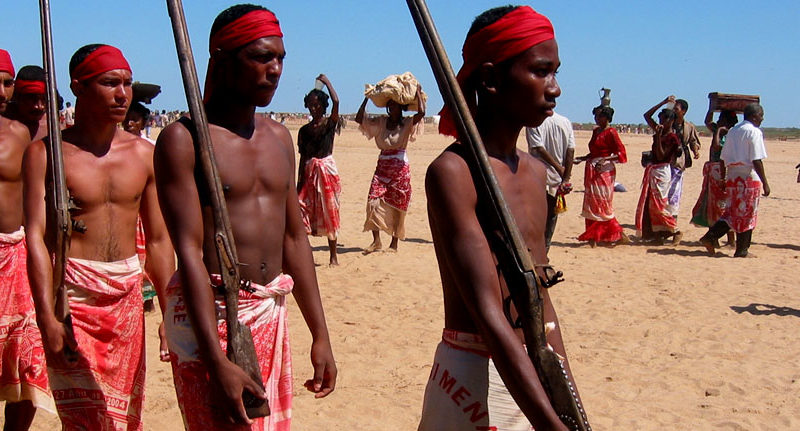Madagascar Fitampoha: A Sacred Ancestral Ritual in Madagascar
The Madagascar Fitampoha is one of the most important ancestral rituals in Madagascar. Among the Malagasy people, ancestors are considered intermediaries between the divine being, Zanahary, and the living. This sacred ritual, especially practiced by the Sakalava ethnic group, symbolizes the deep connection between the living and the dead, blending spirituality, history, and culture in a unique tradition.
What is Madagascar Fitampoha?
The Madagascar Fitampoha is a traditional ceremony that honors the royal ancestors of the Sakalava people. During this ritual, the bones of former kings are carefully exhumed, cleaned, and anointed with fragrant oils and honey. This ceremonial practice is not only a sign of respect for ancestors but also a way to seek blessings, protection, and prosperity from them.
By participating in the Madagascar Fitampoha, communities maintain spiritual harmony and strengthen family and social ties. It is an important cultural heritage that has survived for centuries, reflecting Madagascar’s unique approach to life, death, and ancestry.
Origins of the Madagascar Fitampoha
The Fitampoha ritual originated in the 17th century with King Andriandahifotsy of the Sakalava kingdom in the Menabe region. Initially, it was an annual event celebrating victorious warriors returning from hunts or expeditions, reinforcing royal power and solidarity.
In 1904, the ceremony was scheduled every ten years, and since 1988, it takes place every five years. The next Madagascar Fitampoha is anticipated to be a grand event, continuing a centuries-old tradition that honors royal ancestors and strengthens community bonds.
How the Madagascar Fitampoha is Performed
During the Madagascar Fitampoha, the remains of former kings are treated with utmost respect. The bones are cleaned, covered with aromatic oils and honey, and presented to the community in a ceremonial procession. The ritual involves music, traditional dance, and guidance from local elders, creating a rich cultural experience that highlights the Sakalava people’s reverence for their ancestors.
This ceremony also allows younger generations to connect with their history, understand their heritage, and participate in the spiritual life of their community. The Madagascar Fitampoha is thus both a religious and cultural experience, making it one of Madagascar’s most significant traditions.
Cultural Significance of Madagascar Fitampoha
The Fitampoha is a vibrant demonstration of Malagasy ancestral veneration. It reinforces lineage solidarity, honors royal heritage, and educates younger generations about their culture. Beyond its spiritual importance, the ceremony also attracts visitors and scholars who want to learn about Madagascar’s unique traditions.
Experiencing the Fitampoha offers insight into the spiritual world of the Malagasy people and the cultural continuity that has been preserved over centuries.
When and Where to Witness
The Madagascar Fitampoha takes place primarily in the Menabe region, home to the Sakalava people. Scheduled every five years, it is a sacred event that requires respect and cultural sensitivity from visitors. Attending this ceremony provides a rare opportunity to witness a living tradition, connecting with both history and spirituality in Madagascar.
Conclusion: The Enduring Legacy
The Madagascar Fitampoha stands as a testament to Madagascar’s rich cultural heritage. By honoring ancestors, celebrating royal lineage, and fostering social unity, this ritual continues to be a cornerstone of Malagasy identity. For those seeking an authentic cultural experience, witnessing the Madagascar Fitampoha offers a profound understanding of Madagascar’s spiritual and ancestral traditions.
HT AGENCY TOURS
Luxury Madagascar with the best luxury African safari tours packages. Discover your next perfect destination with HT Agency Tours

